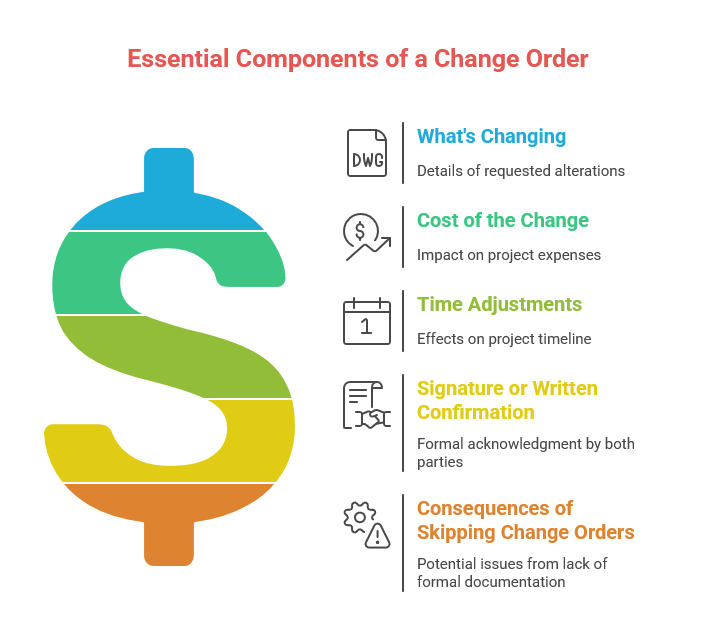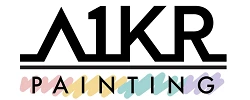
People change their minds every day. Today, you like yellow on your walls, and then midway through, you don’t want it anymore. What now?
Changes in the middle of the project happen all the time—these modifications, though, have to be met while meeting the schedule and budget.
Now, it can be difficult but not unmanageable. It will require more information, time and getting the teams and clients in the loop. But with the right process in the right place, you can totally do it.
Handle change orders calmly and clearly with this guide about navigating the change orders for your house painting projects.
What’s a Change Order, Really?
A change order is an amendment or a formal adjustment to the original project scope. It explains what would happen, the timeline of the project, and how much it’ll cost.
Sure, contracts are created to legally set the final conditions of the project. However, if the client finds something they want to change, they can, with a change order.
For example, you want to add another room for your house or upgrade the standard paint to premium. You can do so via a change order to make the request to your contractor.
Your professional team will then create a draft catering to these new features, with the adjusted price, fees and timeline.
Why Do Change Orders Come Up?
Client-Driven
Sometimes, a new idea blossoms that you haven’t thought of when the initial plans were made. You change your mind and want to rectify certain features, like adding a new floor or changing the ceiling paint.
Job-Driven
Another reason is unforeseen conditions that must be addressed, such as mould and cracked plaster. These repairs are outside of your control and your contractor’s.
Therefore, change orders are inevitable to mitigate these sprouting changes, amending the cost and time required for the project.
Bonus Upgrades
Clients may choose to change the design, adding trims, murals and special finishes. These enhancements stem from wanting to elevate the overall aesthetic. As a result, change orders are necessary to cater the new scope of the work.
You might think that change orders are nothing but a nuisance in a perfectly progressing project. However, they’re not necessarily always bad.
Oftentimes, they actually improve the outcome. When these improvements are communicated and managed well, they offer a satisfying way to meet your needs.
What a Proper Change Order Should Cover

What’s Changing
The details on every change that you have requested. It covers the entire scope of the alterations, from the materials to the specifications to be added.
Cost of the Change
Any change impacts the total costs of your house painting project. If something is being removed or added, the contract price for the labour, materials and prep time will be affected.
Time Adjustments
Changes will affect the project timeline, from the workdays to the scheduling. It should be included to cover the specific date of completion, considering all the modifications.
Signature or Written Confirmation
Finally, the change order must be formally acknowledged by both parties involved before further work actually begins.
You can do this by signing a formal contract or any form of written consent. This will ensure the protection of both parties throughout the duration of the project.
What Happens If You Skip Formal Change Orders
You Thought It Was Included—It Wasn’t
Without a formal change order painting, you might assume certain isolated processes or upgrades are included—when in reality, they’re not. Later on, you might be surprised by the unexpected expenses in the bill.
Painters Start Work Without Proper Approval
If the house painting project changes are not properly approved, your painting service contractor might kickstart without clear authorisation.
This might result in failure to meet your needs and a possible legal dispute—and you wouldn’t want that kind of headache.
Budget Gets Out of Control
Without a formal change order, it’s hard to keep track of the extra costs for your new additions. No matter how small the changes are, they can push the cost or even blow out your budget. This could really stretch your finances and trigger payment disputes.
Disputes Over Who Said What
There’s a lot of ambiguity when you don’t have a formal paper documenting what’s agreed upon.
One party could say something while the other completely disagrees. This level of vagueness leads to miscommunication and damaged trust, or worse, legal conflicts.
Change orders protect both sides, providing clear and concise documentation of what needs to be done. This keeps everyone informed with respect to everything that goes on in the project.
Our Approach at A One Korean Painting

At A One Korean Painting, we believe every successful project is built on effective communication. We don’t move forward without your say-so—as always, you call the shots, and we deliver in a friendly communication throughout.
We have transparent pricing updates that you can count on so you never get any costly surprises. Every pivot and tweak is clearly documented, making sure everything is accounted for.
With us, your project is stress-free, even when plans shift and continue to be in motion.
Conclusion
Changes are normal; thus, you need not be intimated by them. What matters most is how you manage them, valuing clear communication, transparent pricing and proper documentation.
So, don’t be afraid to speak your mind and tinker—get the best outcome and put your visions to life.
If you ever need a trusted expert to be on this painting journey with you, reach out to A One Korean Painting. We have experts to ensure a clean, fair and hassle-free painting project experience.

